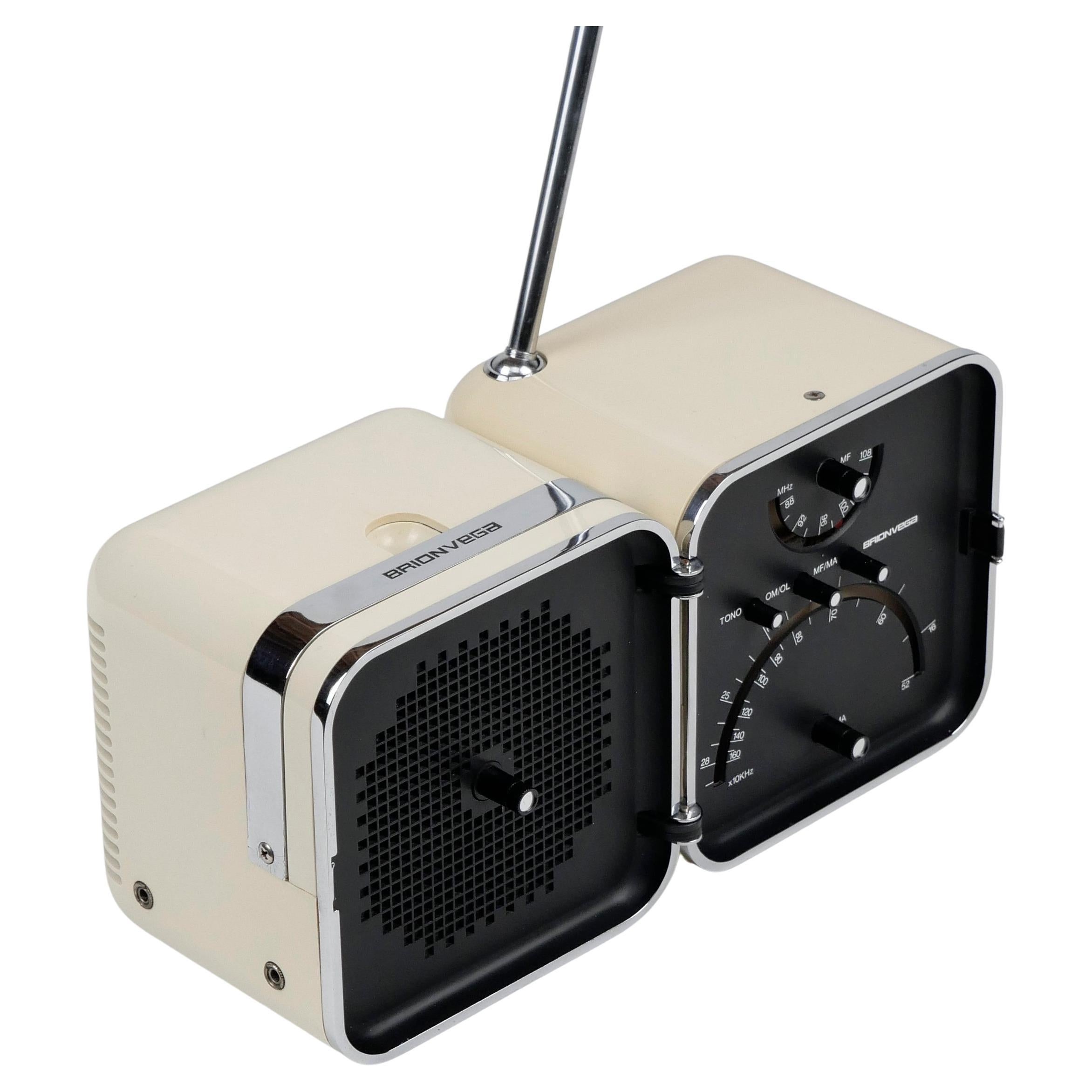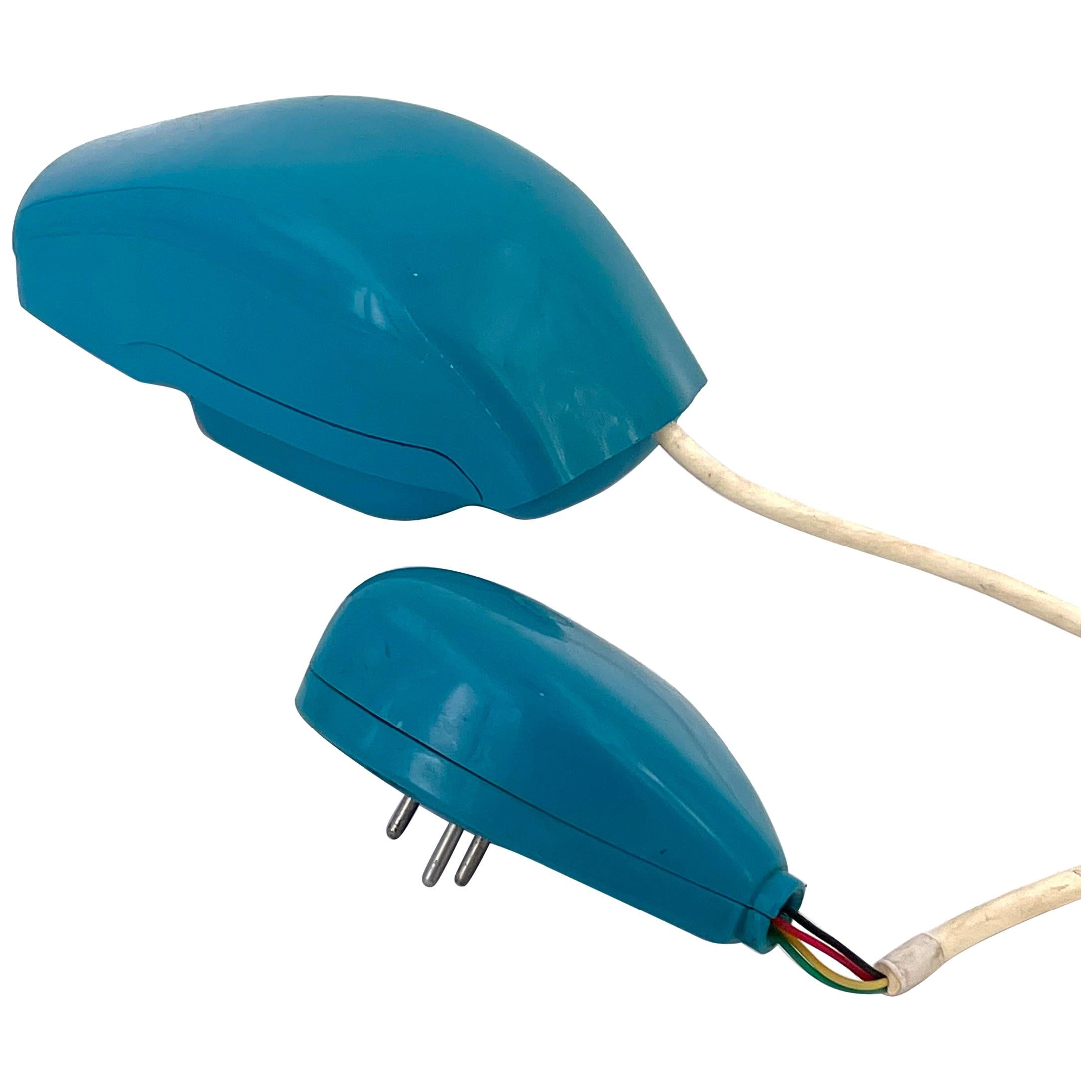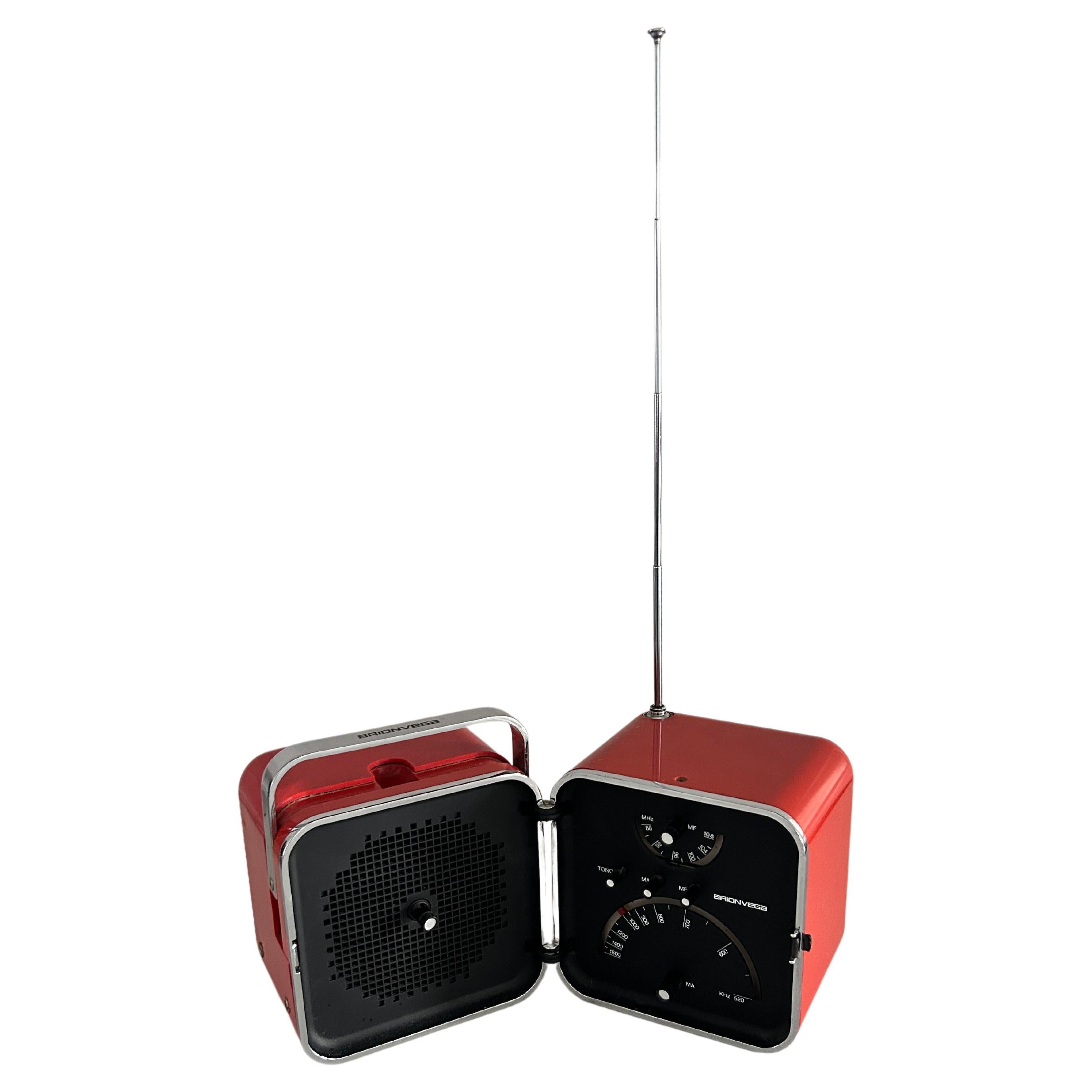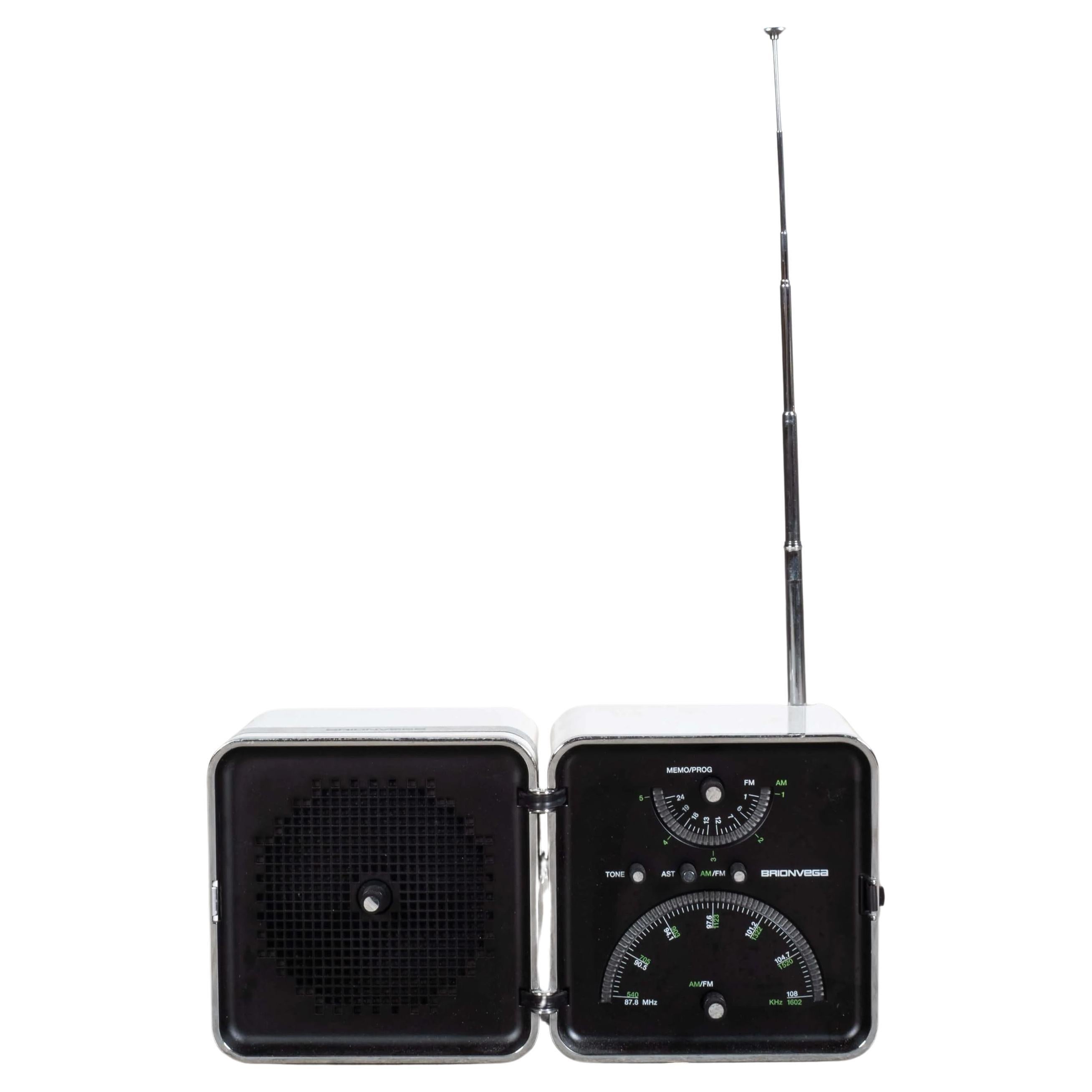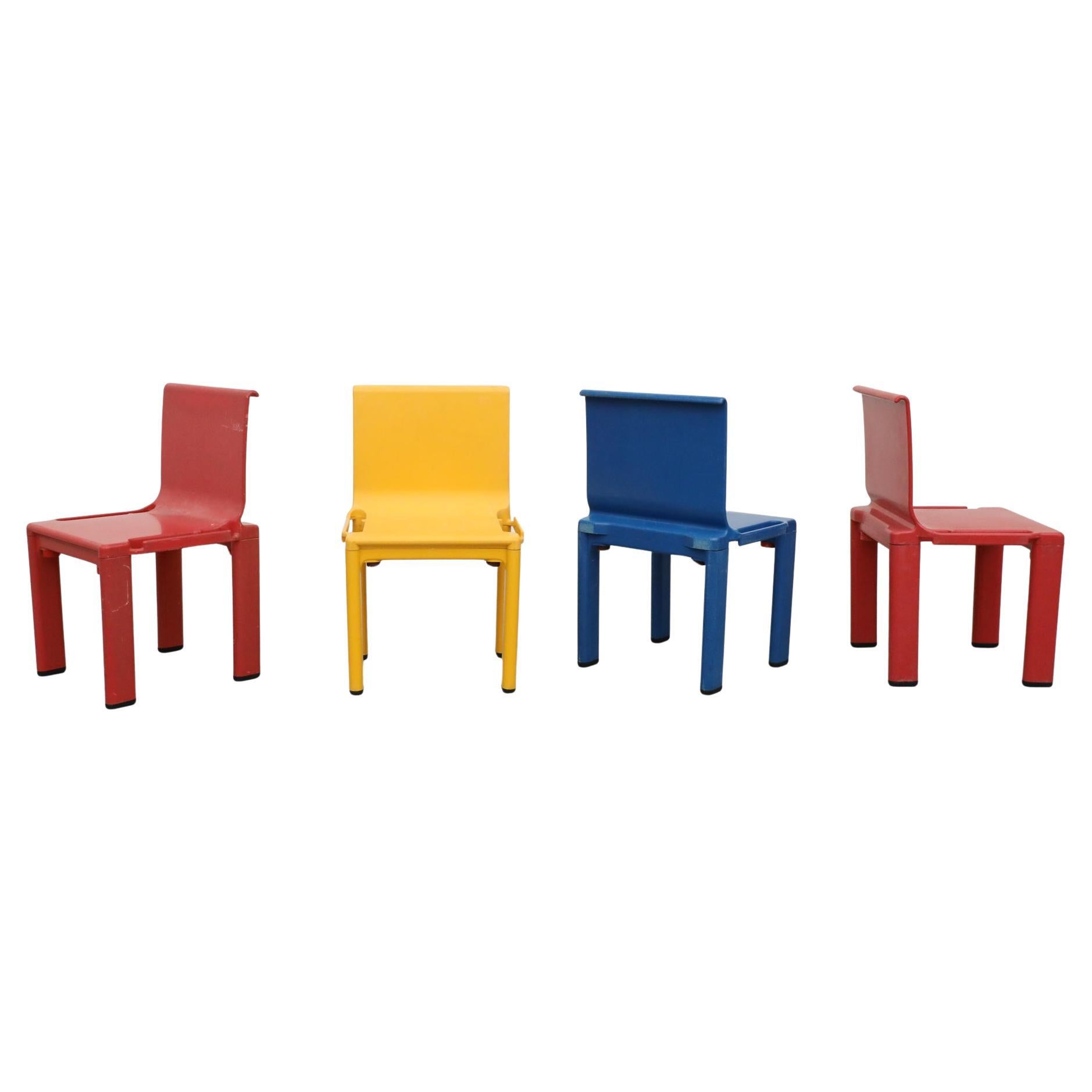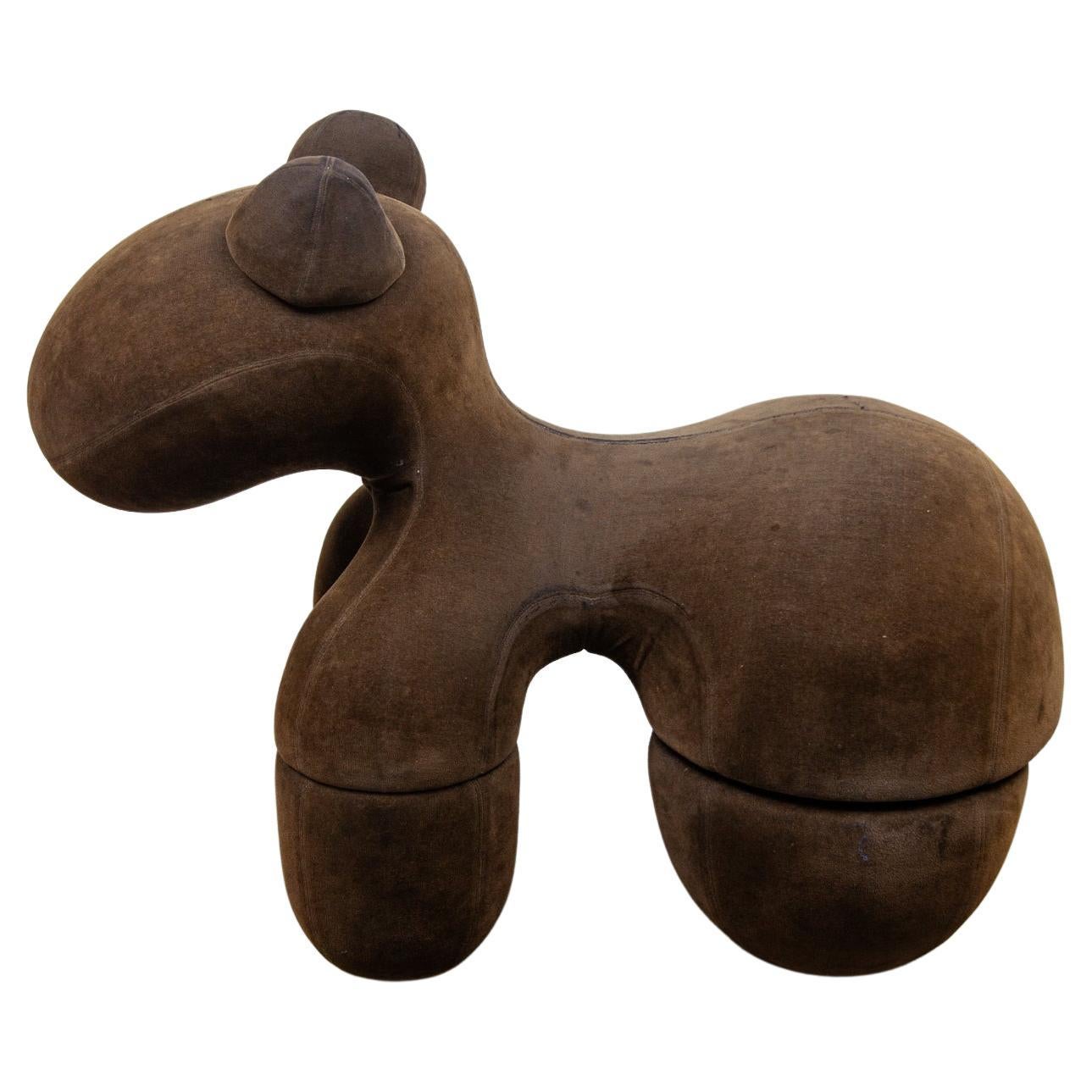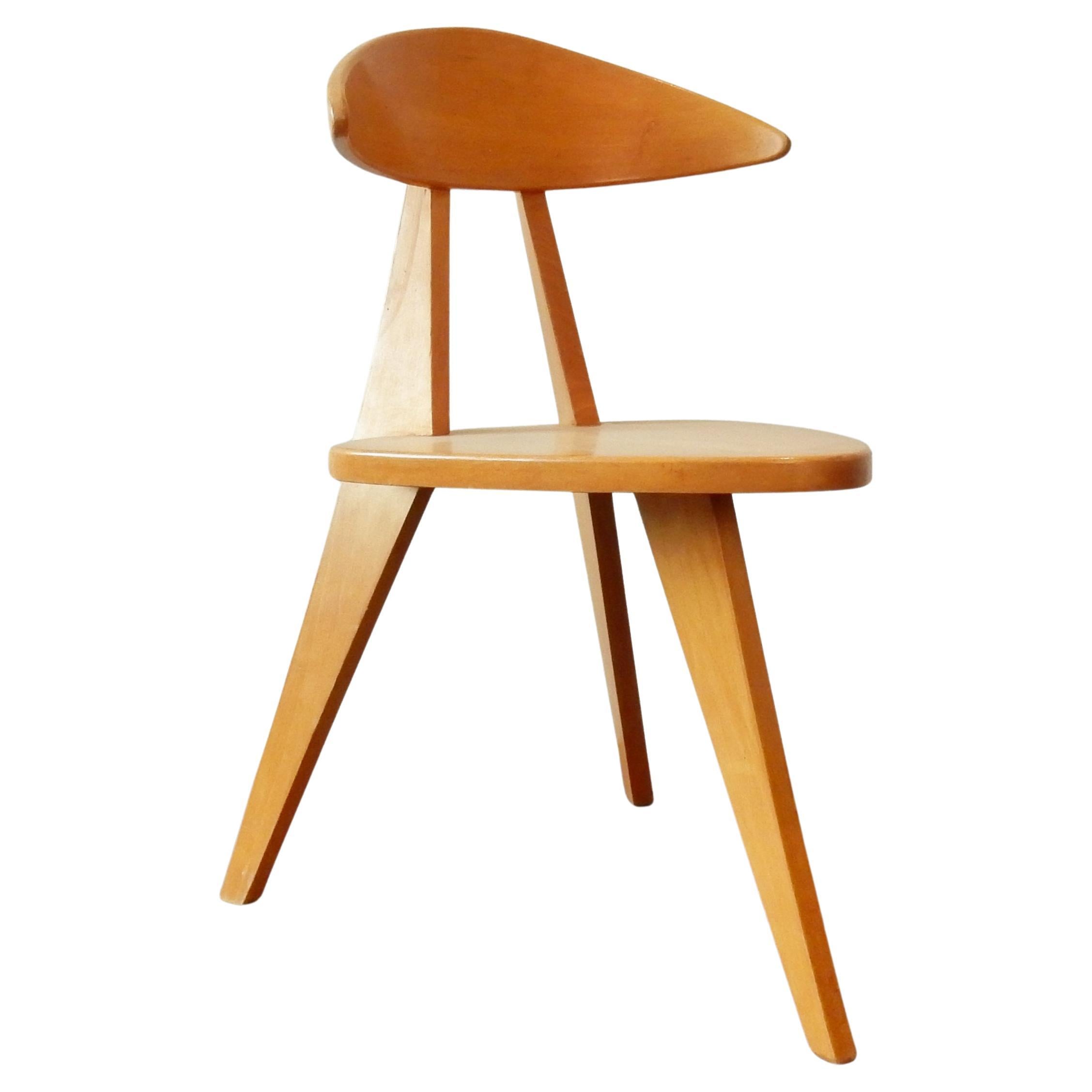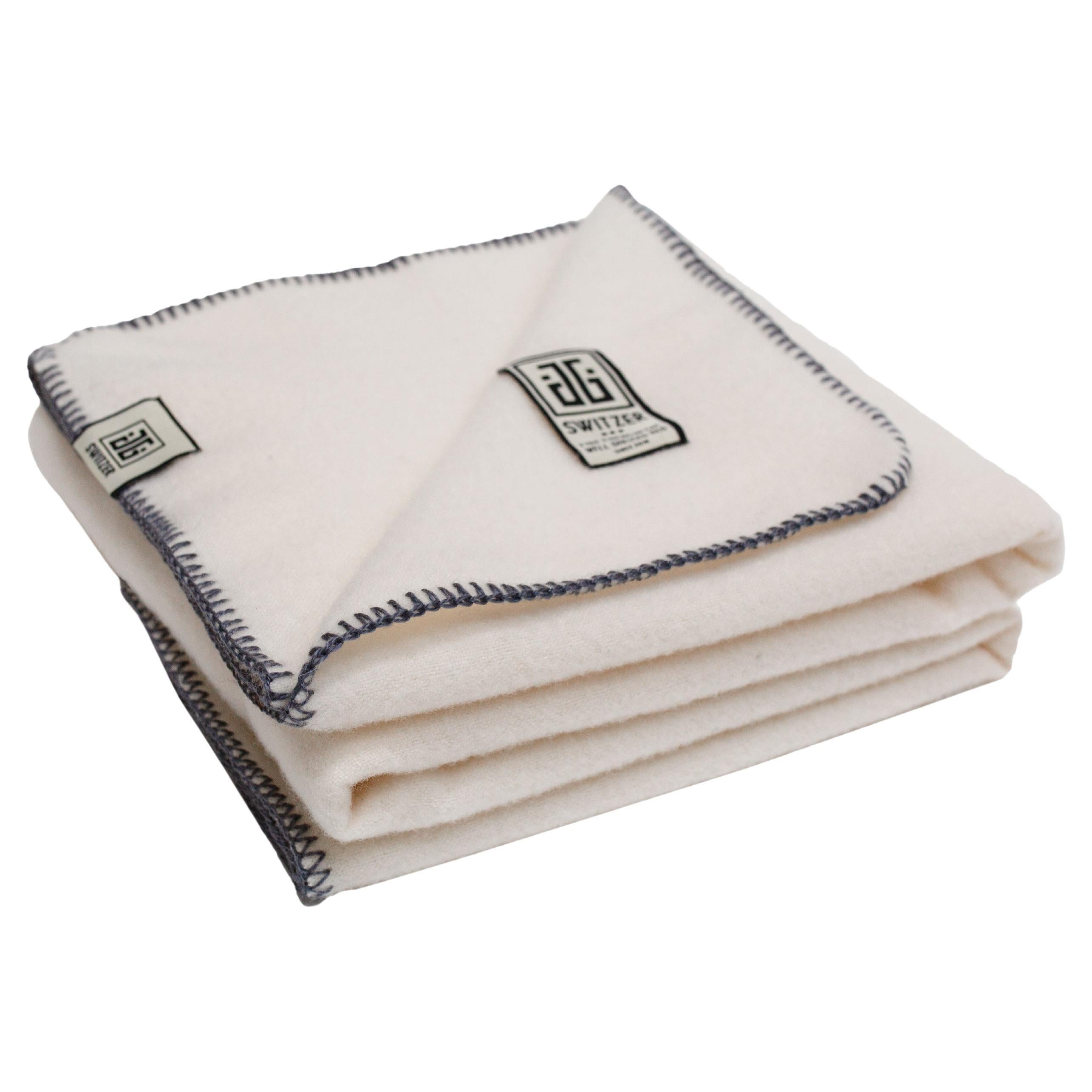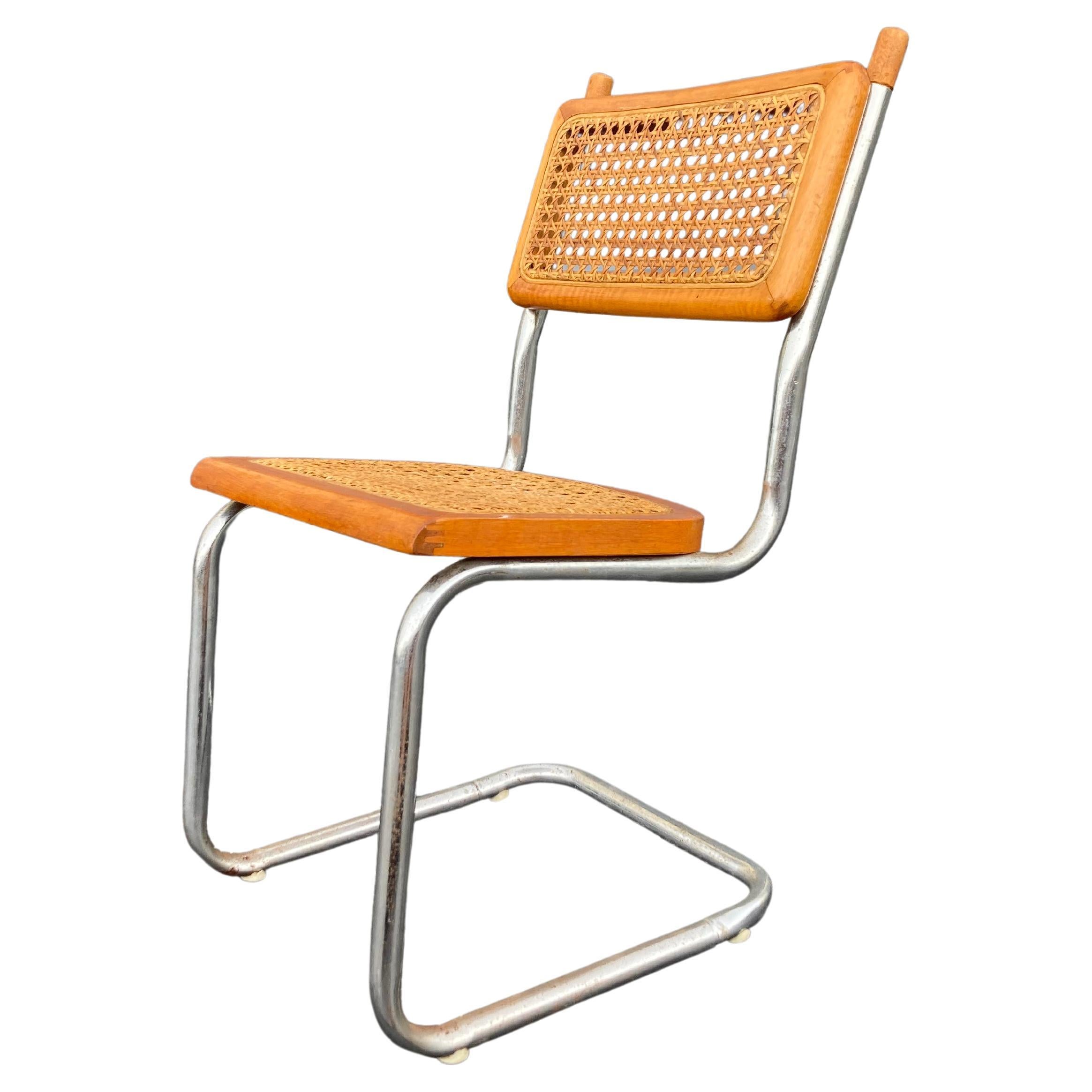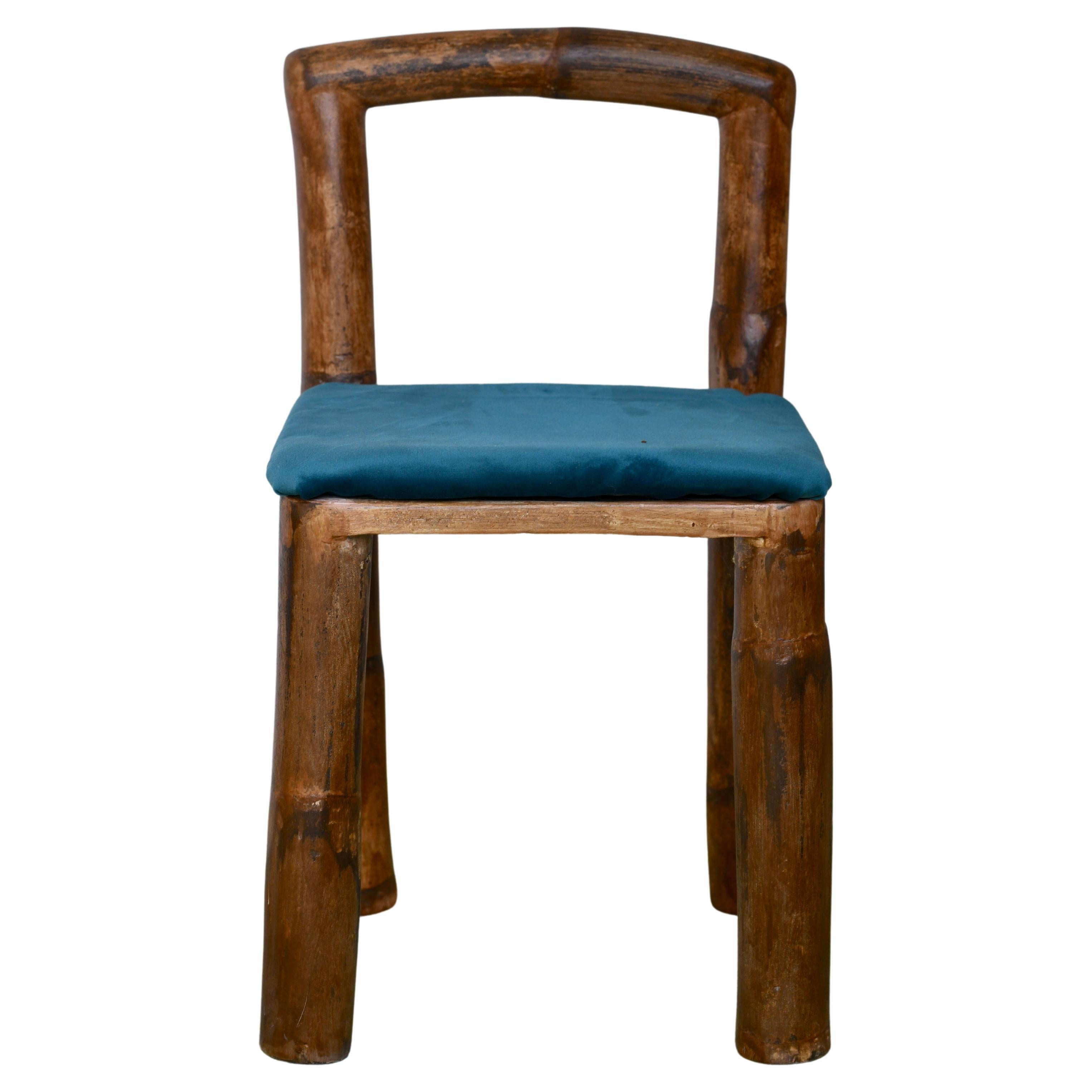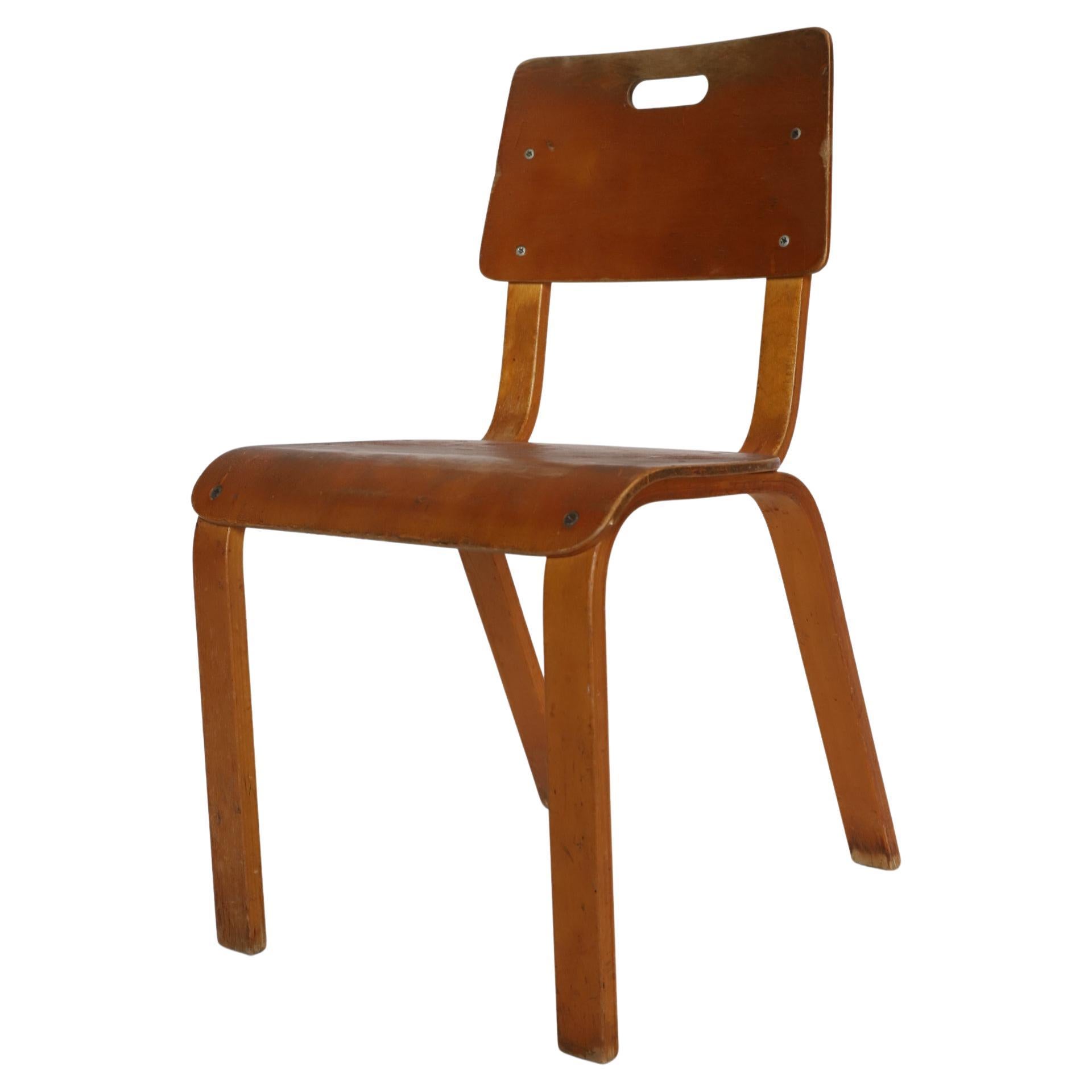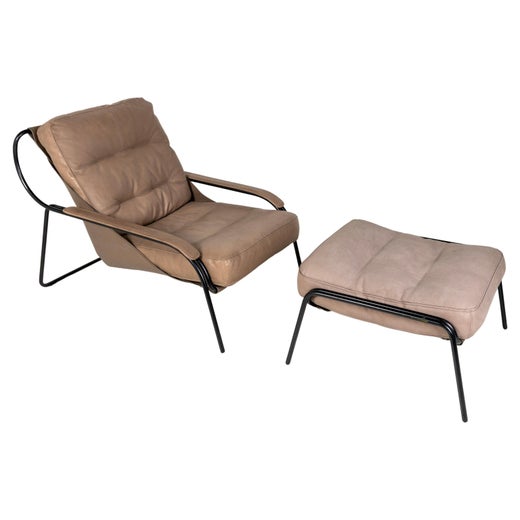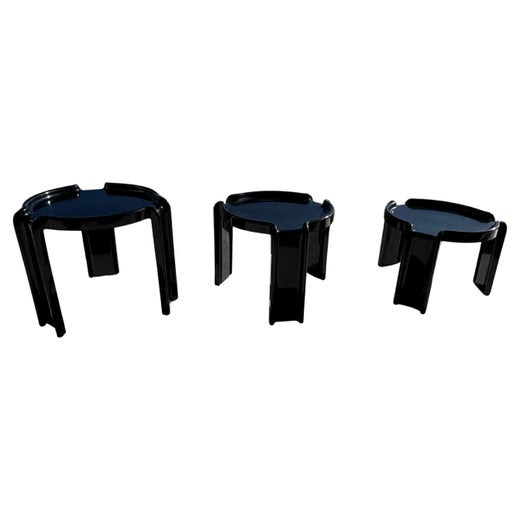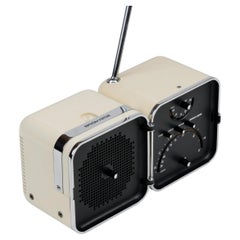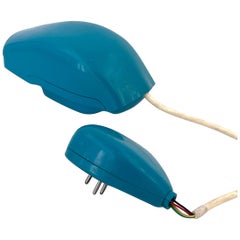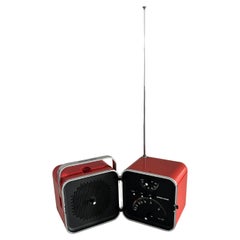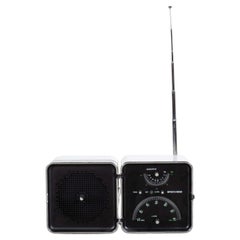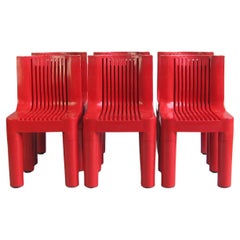
Chair model 4999 Kartell Marco Zanuso / Richard Sapper 1964 First production 6x
View Similar Items
Chair model 4999 Kartell Marco Zanuso / Richard Sapper 1964 First production 6x
About the Item
- Creator:
- Dimensions:Height: 19.49 in (49.5 cm)Width: 10.63 in (27 cm)Depth: 10.63 in (27 cm)Seat Height: 11.03 in (28 cm)
- Style:Mid-Century Modern (Of the Period)
- Materials and Techniques:Plastic,Molded
- Place of Origin:
- Period:
- Date of Manufacture:1964
- Condition:Wear consistent with age and use.
- Seller Location:EINDHOVEN, NL
- Reference Number:1stDibs: LU9046235459482
Marco Zanuso
Italian designer Marco Zanuso helped cement his country’s place as a world leader in furniture design that used new materials in revolutionary ways.
Zanuso was part of a generation of furniture designers who encouraged a sharp departure from the traditionalism and classicalism that reigned over the design industry before the war. These designers, who are associated with what we now call mid-century modernism, experimented with new technologies and materials to deliver on the world’s newfound need for streamlined products that represented the future.
After graduating from the Polytechnic University of Milan in 1939 with a degree in architecture, Zanuso served in the Navy during World War II. Soon after the war, he opened his own design firm in Milan in 1945. He later became an editor at well-regarded design magazines Domus and Casabella.
Zanuso used this editorial platform to both promote new Italian designs as well as his own pieces, some of which he made using unconventional materials like foam and latex. For instance, his famous Lady armchair from 1951 is a composition of foam rubber and Nastro Cord, a recently invented textile band of rubberized fabric that eliminated the need for metal springs. It was one of several pieces he designed for Italian manufacturer Arflex, along with the 1949 Antropus chair and the 1951 Sleep-o-matic sofa.
Zanuso often collaborated with other like-minded creatives. From 1955 until 1957, he was Olivetti’s architect, designing factories across Brazil, and for nearly two decades, he collaborated with German designer Richard Sapper. The pair’s most famous product is the 4999 children’s chair, manufactured in the 1960s by Kartell in Italy. The stackable chair was the first to be manufactured entirely of injection-molded plastic.
Zanuso and Sapper also partnered on the 1962 Brionvega Doney 14, the first European-made portable transistor TV; its sleek, compact and curvy form deeply influenced the design of television sets that followed, which were far more sculptural in form than the rigid boxes that characterized early models.
From the 1970s onward, Zanuso taught architecture and industrial design at the Polytechnic University of Milan. He still exercised his creative talents, planning the headquarters for computer companies and renovating Italian theaters.
Each of Zanuso’s elegant works were demonstrative of a forward-looking sensibility. His projects saw an integration of novel industrial materials that not only helped emphasize the beauty of good design but also played a role in rendering these well-made products accessible to everyday consumers.
On 1stDibs, find a collection of vintage Marco Zanuso furniture, including armchairs, sofas, table lamps and other items.
Kartell
The Italian design giant Kartell transformed plastic from the stuff of humble household goods into a staple of luxury design in the 1960s. Founded in Milan by Italian chemical engineer Giulio Castelli (1920–2006) and his wife Anna Ferrieri (1918–2006), Kartell began as an industrial design firm, producing useful items like ski racks for automobiles and laboratory equipment designed to replace breakable glass with sturdy plastic. Even as companies like Olivetti and Vespa were making Italian design popular in the 1950s, typewriters and scooters were relatively costly, and Castelli and Ferrieri wanted to provide Italian consumers with affordable, stylish goods.
They launched a housewares division of Kartell in 1953, making lighting fixtures and kitchen tools and accessories from colorful molded plastic. Consumers in the postwar era were initially skeptical of plastic goods, but their affordability and infinite range of styles and hues eventually won devotees. Tupperware parties in the United States made plastic storage containers ubiquitous in postwar homes, and Kartell’s ingenious designs for juicers, dustpans, and dish racks conquered Europe. Kartell designer Gino Colombini was responsible for many of these early products, and his design for the KS 1146 Bucket won the Compasso d’Oro prize in 1955.
Buoyed by its success in the home goods market, Kartell introduced its Habitat division in 1963. Designers Marco Zanuso and Richard Sapper created the K1340 (later called the K 4999) children’s chair that year, and families enjoyed their bright colors and light weight, which made them easy for kids to pick up and move. In 1965, Joe Colombo (1924–78) created one of Kartell’s few pieces of non-plastic furniture, the 4801 chair, which sits low to the ground and comprised of just three curved pieces of plywood. (In 2012, Kartell reissued the chair in plastic.) Colombo followed up on the success of the 4801 with the iconic 4867 Universal Chair in 1967, which, like Verner Panton’s S chair, is made from a single piece of plastic. The colorful, stackable injection-molded chair was an instant classic. That same year, Kartell introduced Colombo’s KD27 table lamp. Ferrierei’s cylindrical 4966 Componibili storage module debuted in 1969.
Kartell achieved international recognition for its innovative work in 1972, when a landmark exhibition curated by Emilio Ambasz called “Italy: The New Domestic Landscape” opened at New York’s Museum of Modern Art. That show introduced American audiences to the work of designers such as Gaetano Pesce; Ettore Sottsass, founder of the Memphis Group; and the firms Archizoom and Superstudio (both firms were among Italy's Radical design groups) — all of whom were using wit, humor and unorthodox materials to create a bracingly original interior aesthetic.
Castelli and Ferrieri sold Kartell to Claudio Luti, their son-in-law, in 1988, and since then, Luti has expanded the company’s roster of designers.
Kartell produced Ron Arad’s Bookworm wall shelf in 1994, and Philippe Starck’s La Marie chair in 1998. More recently, Kartell has collaborated with the Japanese collective Nendo, Spanish architect Patricia Urquiola and glass designer Tokujin Yoshioka, among many others. Kartell classics can be found in museums around the world, including MoMA, the Victoria and Albert Museum and the Cooper Hewitt, Smithsonian Design Museum. In 1999, Claudio Luti established the Museo Kartell to tell the company’s story, through key objects from its innovative and colorful history.
Find vintage Kartell tables, seating, table lamps and other furniture on 1stDibs.
You May Also Like
Vintage 1960s Italian Mid-Century Modern Musical Instruments
Plastic
20th Century Italian Space Age Toys and Dolls
Plastic
Vintage 1960s Italian Musical Instruments
Metal
Vintage 1970s Italian Post-Modern Musical Instruments
Metal
Vintage 1970s Italian Mid-Century Modern Children's Furniture
Plastic
Vintage 1970s Finnish Mid-Century Modern Children's Furniture
Upholstery
